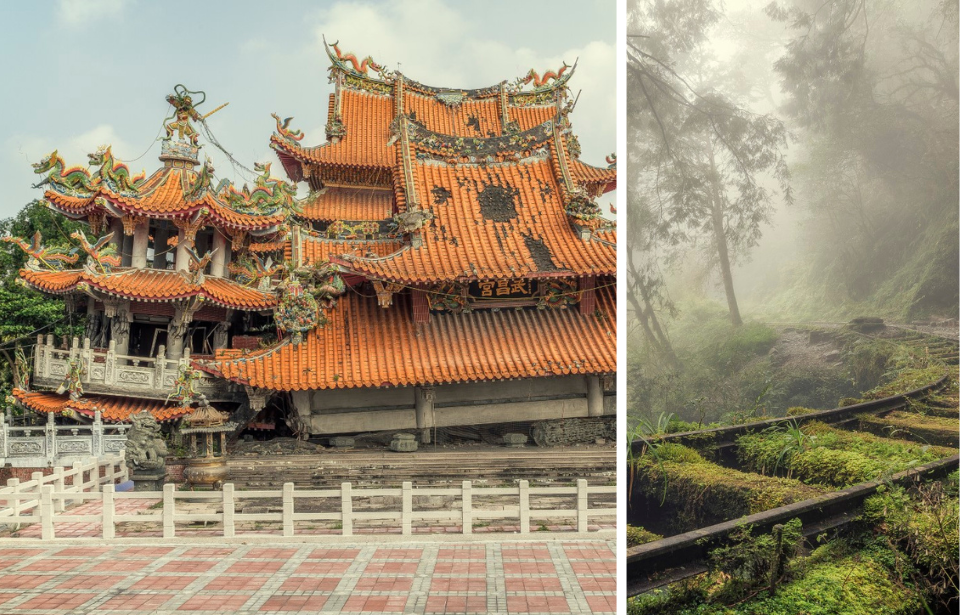Taiwan’s history is dark and full of abandoned relics that detail a long struggle for identity and independence. Taiwan has reinvented itself under the rule of Chinese dynasties, Imperial Japan, and now the Republic of China. From abandoned UFO villages to a military tank stuck on a scenic beach, you can glimpse pieces of the island state’s rich history in the countless ruins scattered throughout Taiwan.
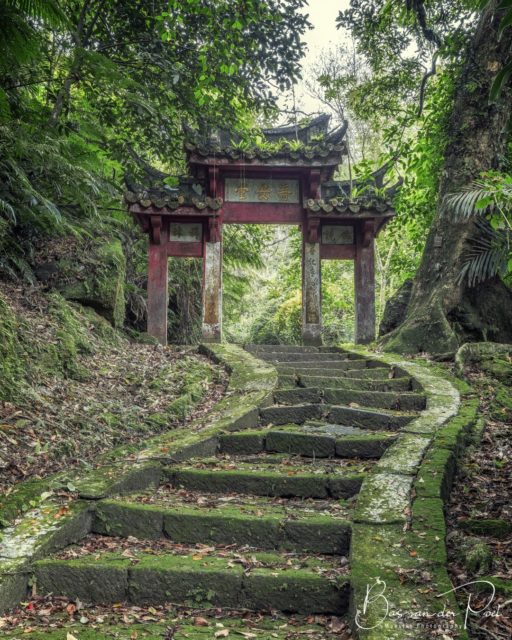
Wuchang Temple
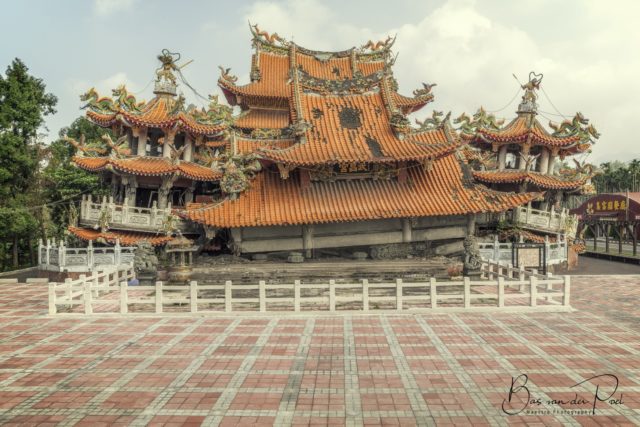
On September 21, 1999, a 7.3-7.7 magnitude earthquake struck Jiji, Taiwan. The Jiji earthquake, also known as “921,” decimated entire high-rise buildings and caused over $1 billion in damage, including the historic Wuchang Temple. The temple was built in 1923 as a dedicated place of worship for the ancient god Xuanwu, known as the “Supreme Emperor of the Dark Heaven.”
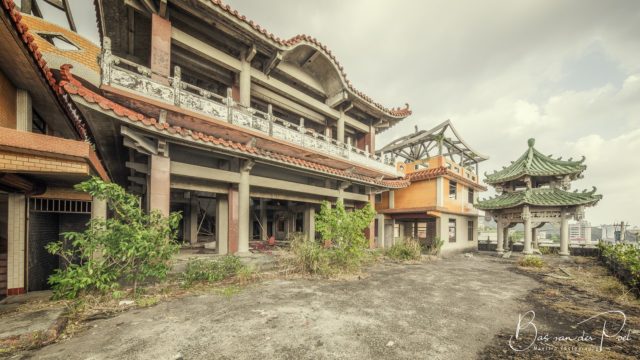
During the 1999 earthquake, the temple crumbled and collapsed into the sagging structure you see today. According to local legend, the temple is known for performing miracles, and this is especially so after its destruction. One night after the earthquake, Xuanwu appeared to a local man in a dream asking to be rescued from the ruins of the temple. After his statue was located and pulled from the rubble, Xuanwu’s beard miraculously began to grow!
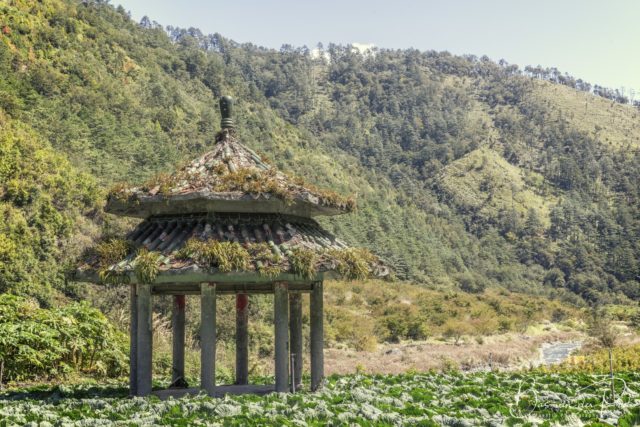
While a new Wuchang Temple has been built near the original, tourists and locals alike still visit the crumbling monument, as it’s a reminder of the deadly earthquake that rocked Taiwan not long ago.
Jīnchéng Theater, Màiliáo
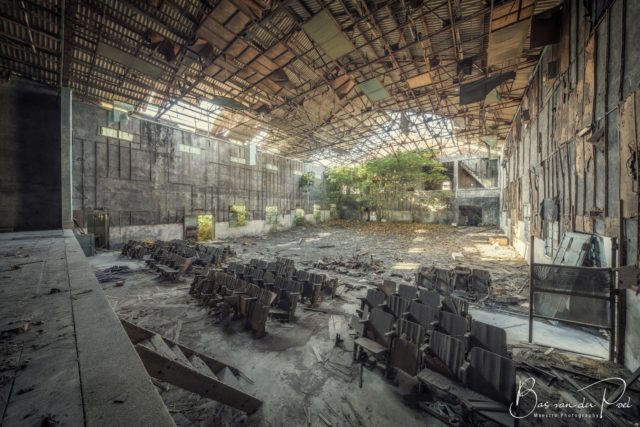
One of the more popular urban exploring destinations in Taiwan, the Jīnchéng Theater in Màiliáo is a bit of an enigma. According to one source it opened “grandly” in 1957 and was host to the rise and eventual decline of Taiwanese movies. The theater, which once held up to 800 patrons, closed for good sometime in the 1970s or ’80s and has sat vacant and crumbling since, becoming a popular spot for adventurous explorers.
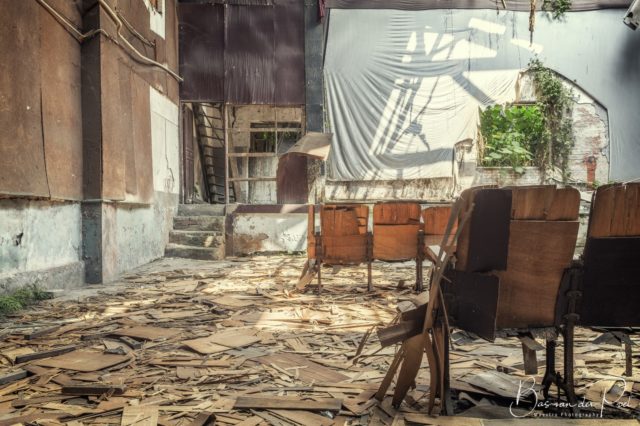
If you visit Jīnchéng Theater, you can expect to find the original movie screen still hanging on the wall and rolls of movie film in the projection room. Even as a well-known abandoned destination, the theater remains graffiti-free – almost as if it’s been frozen in time.
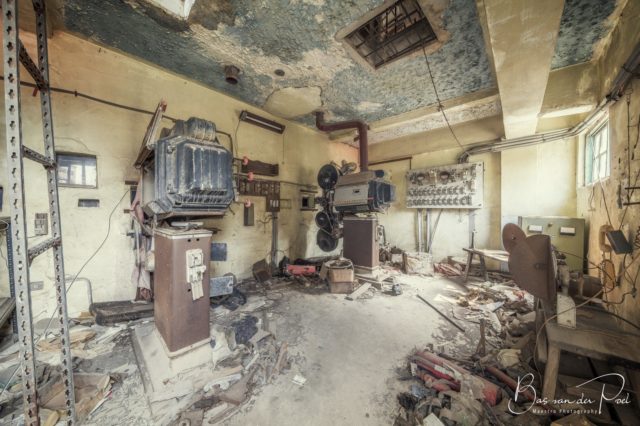
The Sesame Hotel
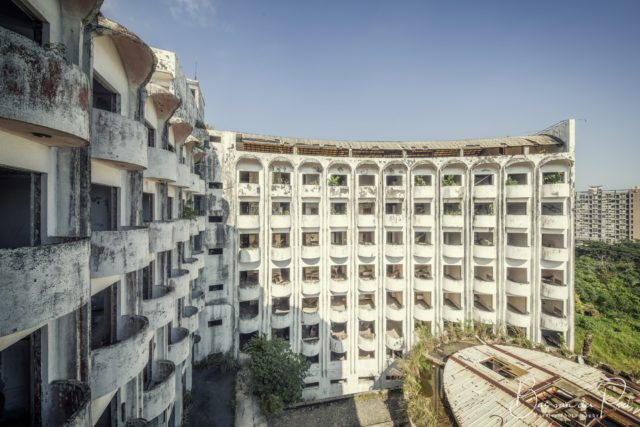
Built along the Shimen Reservoir, a popular Taiwanese tourist destination, the Sesame Hotel was one of the most luxurious five-star hotels in the region. After the hotel first opened in the 1980s, the economic environment in Taiwan began to deteriorate. Eventually, the business was forced to close in 2008.
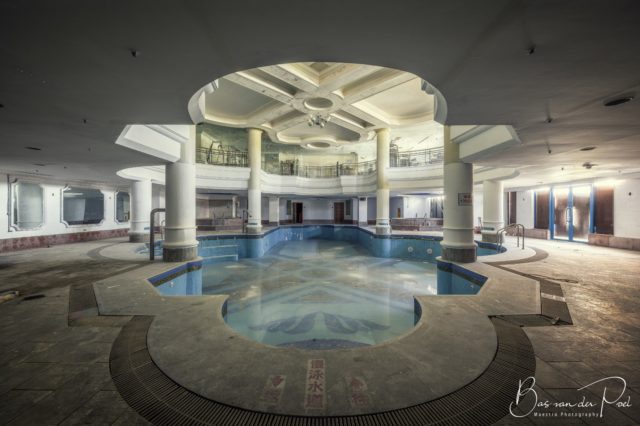
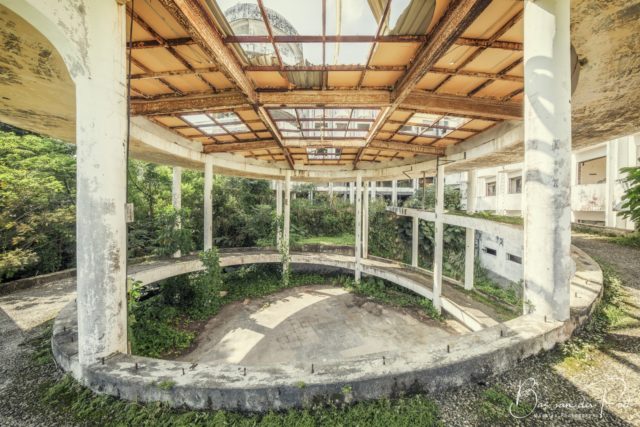
Most of the furniture was removed but the building remains, slowly decaying. Some even say that the abandoned hotel is haunted and that creepy events began to happen as the hotel was in its final days of operations. Local urban explorers have stayed in the hotel overnight and reported seeing ghosts and even a long-disabled elevator moving on its own.
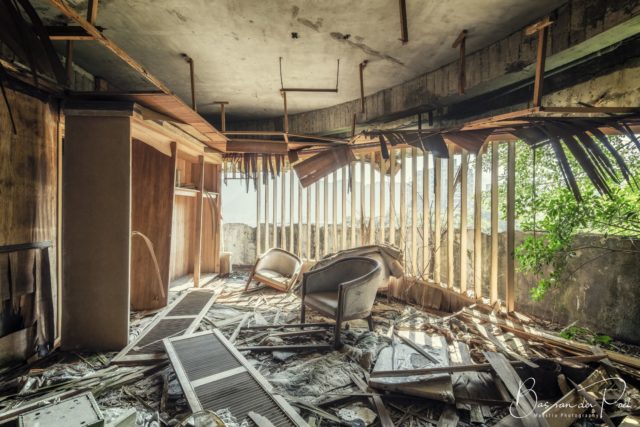
Wanli UFO Village
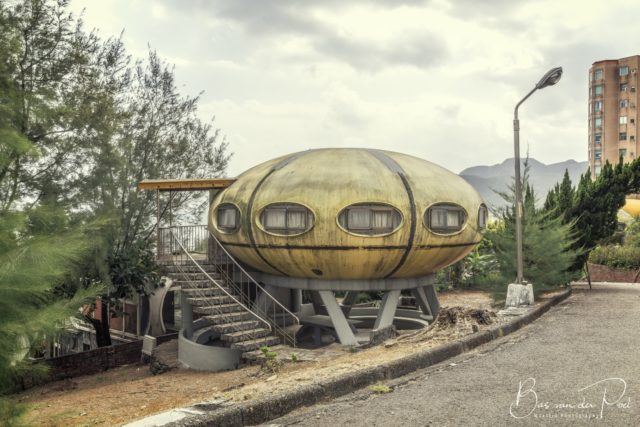
The Wanli UFO village is the most well-known abandoned attraction in Taiwan, and for good reason! Located along a beautiful beach, the village features a collection of neglected “Futuro” houses resembling flying saucers. A true relic of the space-age fantasies of the 1970s, these pods include all the amenities of a modern home but with the added twist of functional “airplane” doors.
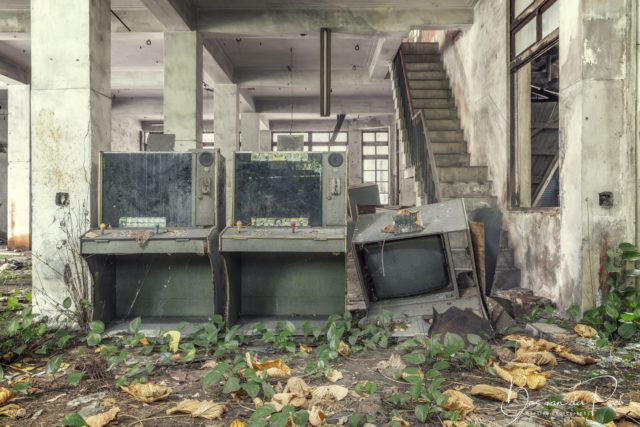
Oddly, no one really knows who built the village or why, but the project was scrapped by the 1980s. Today, a dozen Futuro houses still stand in the Wanli village. Since their closure, rumors of hauntings, curses, and unexplained deaths have surrounded the abandoned beach community.
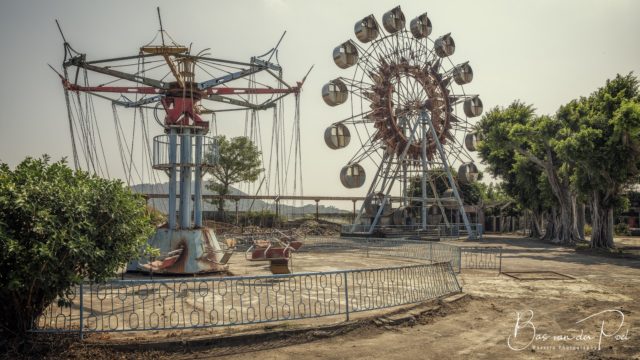
Kinmen Oucou Beach
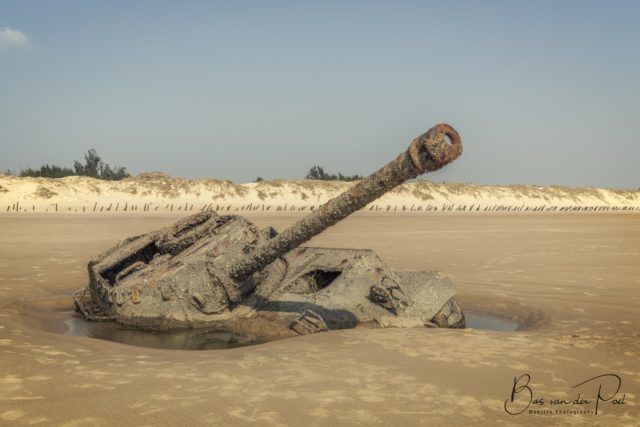
An abandoned M18 tank remains stuck in the sand on Oucou Beach in Kinmen – one of the most popular beaches in Taiwan. The tank is a relic from the Chinese Civil War, a conflict between the Republic of China (ROC) and the Chinese Communist Party (CCP). Between 1927 and 1949, the war raged on with intermittent breaks to protect from Japanese invasion during the Second World War.
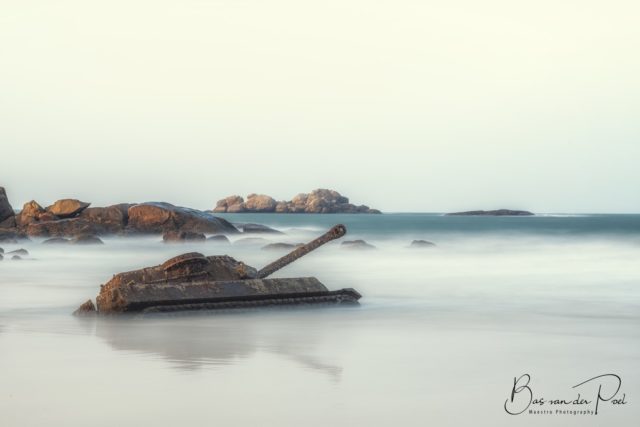
In 1949, the Chinese Communist Party seized control of China and established the People’s Republic of China – forcing leaders from the Republic of China to flee to Taiwan. The battle between the ROC and the CCP continued across the Taiwan strait along beaches such as Oucou. American tanks like the M18 were given to the ROC following World War II in an effort to help defeat communism.
Today, tourists take time from their beach days to visit the abandoned M18 – a haunting artifact that holds the story of Taiwan’s bloody past.
Chiang Kai-Shek Temple
Taiwan is home to some of the most stunning and well-preserved Chinese temples in the world. Taiwan’s fascinating religious history combines Taoism, Buddhism, and the original folk practices of Taiwan’s first peoples. Most temples are elaborately decorated in order to celebrate the most revered mythological and religious figures in Chinese culture, but one temple has a much darker past.
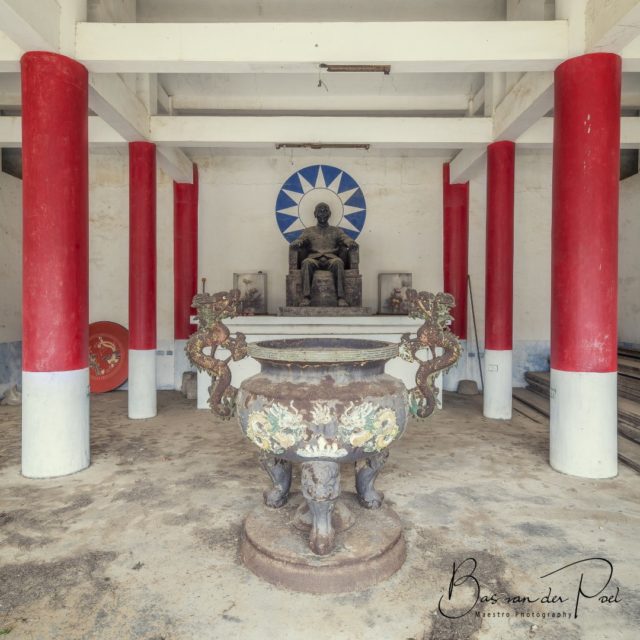
The Chiang Kai-Shek Temple was once the site of worship for the former leader of the Republic of China, Chiang Kai-Shek. However, Kai-Shek’s rule was nothing to celebrate or worship. On February 28, 1947, thousands of Taiwanese civilians were killed in a massacre directed by Kai-Shek during an anti-government protest. In all, up to 28,000 people were killed during the slaughter.
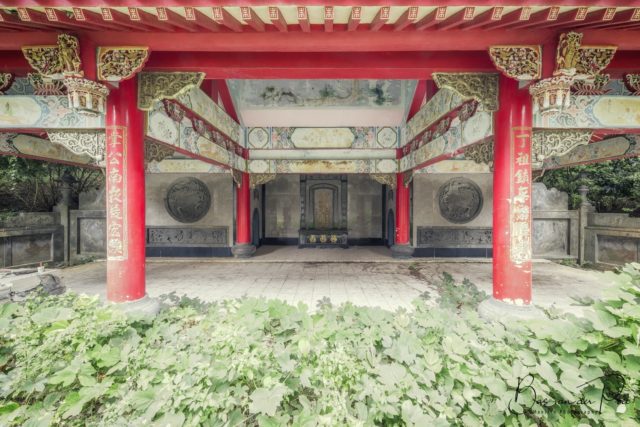
Kai-Shek was also responsible for the deaths of six to eighteen million people during his reign. Many were killed as suspected communists during the 1927 Shanghai massacre, while an additional 800,000 died from malnutrition, famine, disease, and drowning as they were forced to work on the Yellow River flooding infrastructure to stop the Japanese advance in 1938.
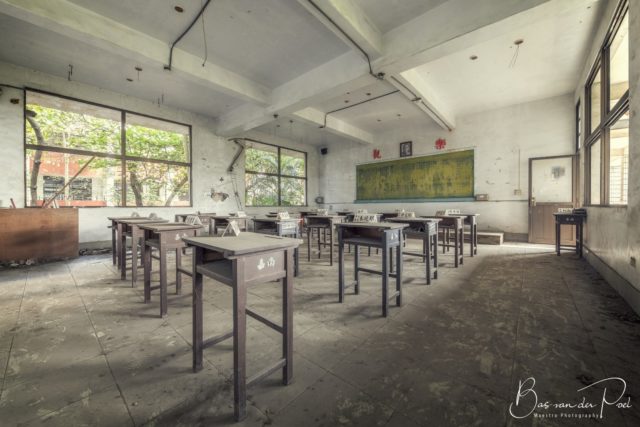
The Chiang Kai-Shek Temple was constructed by a local man who believed if he paid tribute to the controversial figure, the Chinese Nationalist Party would compensate him for his work. But when party representatives saw the site they denied his request for compensation for lack of historical value.
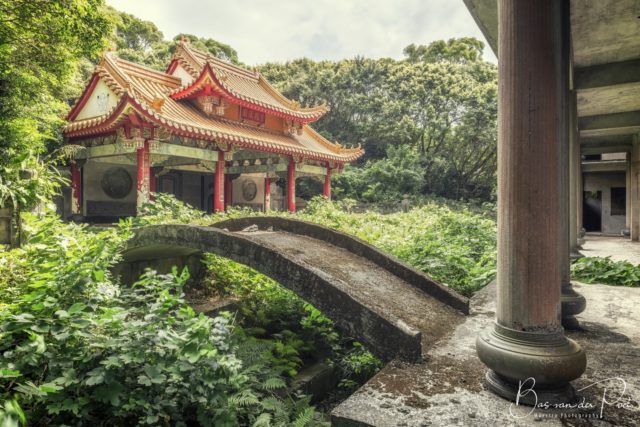
More from us: The Palatial Shuinandong Smelter in Taiwan
The builder converted the back of the temple into a private residence where he later died. After several attempts by his family to sell the temple to be demolished, it instead remains untouched. Currently, no one comes to the temple to worship Kai-Shek, but instead to marvel at the eerie tribute to a mass murderer in a derelict building.
